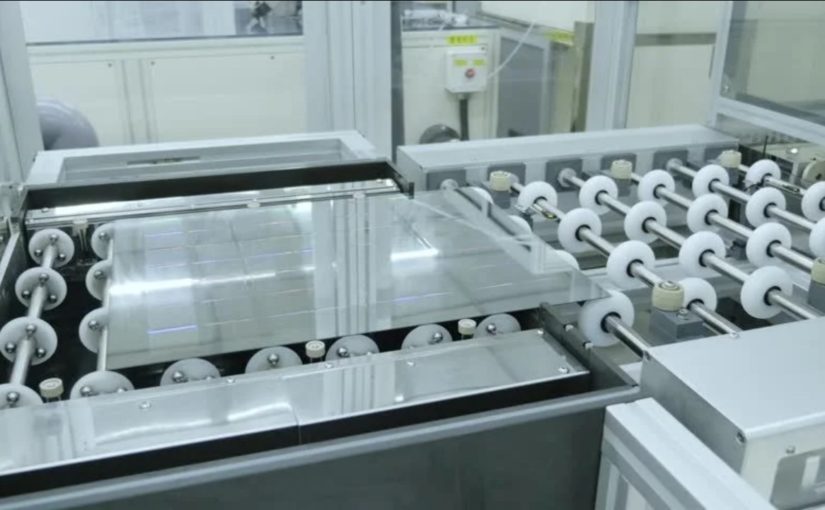The process of LCD manufacturing is a complex one, which requires complex machinery and high-quality materials. The glass used for the panels is coated with silicon dioxide to help them align. In addition to the glass, an electrode pattern is also applied to them to anchor them to a device. A power supply is an electronic circuit that supplies current to the LCD. The power supply is a separate purchase by the equipment manufacturer. The final product is known as an LCD, which can then be used to display information on a display.
The LCD is made up of several different components: a display glass, drive and control electronics, a mechanical package, and a power source. The display glass has a coating of electrodes that are embedded in it. The drive electronics supply current to the electrodes, while the control electronics decode incoming signals. The electrical connections between the components are made through a circuit board and are mounted on the glass sandwich. The backlight system provides illumination for the LCD.
The second stage of LCD manufacturing is the assembly of the LCD panel. This stage involves the integration of the LCD substrate and printed circuit board. The LCD backlight part will then be bonded to the LCD substrate. This final stage is called the final assembly. The entire panel will be completed at this point. A battery power supply is included in the panel’s assembly process, but it is not required. Once the battery power is connected, the process is finished.
The next step in LCD manufacturing is a polarizer. This device is an optical plate that allows certain wavelengths of light to pass through. Its purpose is to change the natural light into straight polarized light. The polarizer will allow the vertical and horizontal light to pass through while blocking the horizontal light. The polarizer will also produce a phase difference, which will affect the response time of the display. Ultimately, this device is made of three different components.
The process of LCD manufacturing is similar to that of semiconductor manufacturing. The glass panel contains a liquid crystal, which is sandwiched between two substrates. The glass panels are lit by two cold cathode fluorescent lamps (CCFLs). In addition to this, there is a diffuser, which is made of PMMA plastic. The diffuser helps spread light evenly over the display. It is called a light guide or wave.
The process of LCD manufacturing involves the manufacturing of a glass substrate. The glass is coated with electrodes, which are connected to the power supply. The backlight system is mounted on the LCD’s substrate. The drive electronics supply the voltage, and the control electronics decode the incoming signals. The mechanical package consists of a number of circuit boards. Most of the LEDs are surrounded by a glass substrate. The manufacturing process is a complex one, with over 300 components.
